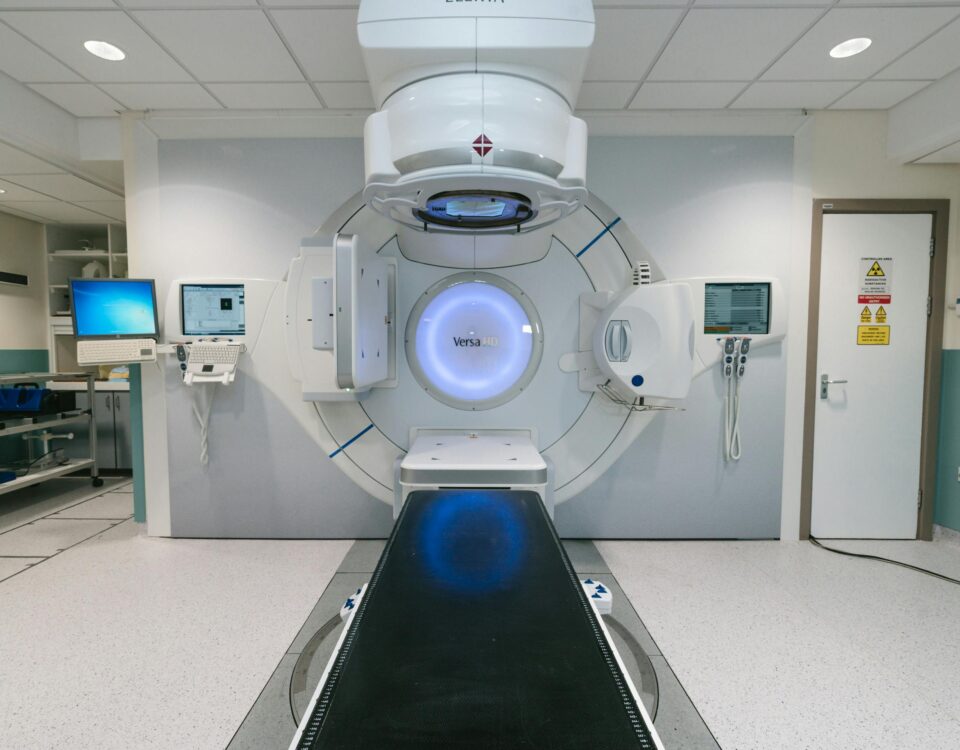
Tips for Sun Safety in Skin Cancer Prevention
September 18, 2025
Preventing Rotator Cuff Tears Through Proper Technique
September 18, 2025Gallbladder surgery is a surgical procedure that removes the gallbladder, a small organ that stores bile produced by the liver. Understanding the relationship between gallbladder removal and weight fluctuations can help patients prepare for recovery and adapt their lifestyle accordingly. Here is more information on this surgery, why it is conducted, what the process entails, and its potential effects on weight management:
What Is Gallbladder Surgery?
Gallbladder surgery, medically known as cholecystectomy, involves the complete removal of the gallbladder through surgical intervention. The procedure eliminates the small, pear-shaped organ located beneath the liver that concentrates and stores bile. Surgeons typically perform this operation using minimally invasive robotic techniques, which involve small incisions and specialized instruments.
The robotic approach allows for faster recovery times and reduced scarring compared to traditional open surgery. During the procedure, surgeons insert a tiny camera and surgical tools through small abdominal incisions. The gallbladder is then carefully separated from surrounding tissues and removed through one of these small openings.
Why Is It Conducted?
Medical professionals recommend gallbladder surgery primarily to treat gallstones and related complications. Gallstones form when bile components crystallize and create solid deposits within the gallbladder. These stones can cause severe pain, inflammation, and blockages that interfere with normal digestive processes.
Acute cholecystitis, or inflammation of the gallbladder, represents another common indication for surgery. This condition often develops when gallstones block the cystic duct, preventing bile from leaving the gallbladder. Other conditions that may necessitate gallbladder removal include gallbladder polyps, biliary dyskinesia, and certain types of gallbladder cancer.
What Does the Process Involve?
The surgical process begins with comprehensive preoperative evaluation and preparation. Patients may undergo blood tests, imaging studies, and medical clearance to assess their fitness for surgery. Healthcare providers review medical history to plan appropriate medication management during the procedure.
On the day of surgery, patients receive general anesthesia and positioning for surgical access. The surgeon creates small incisions in the abdomen and insufflates carbon dioxide gas to create working space. Laparoscopic instruments and a camera are then inserted to visualize and dissect the gallbladder from surrounding structures.
Recovery typically involves a brief hospital stay, ranging from same-day discharge to overnight observation. Patients receive instructions for wound care, activity restrictions, and dietary modifications during the healing period. Individuals may return to normal activities weeks after minimally invasive surgery.
How Does It Affect Weight Management?
Gallbladder removal can influence weight management through several physiological mechanisms. Without the gallbladder, bile flows continuously from the liver directly into the small intestine rather than being stored and concentrated. This change can affect the digestion and absorption of dietary fats, potentially leading to weight fluctuations. Long-term weight management after gallbladder surgery typically requires attention to dietary composition and portion sizes.
Schedule a Consultation Today
Gallbladder surgery provides effective treatment for gallbladder-related conditions while potentially influencing weight management patterns. The procedure involves removing the gallbladder through minimally invasive techniques, allowing most patients to recover quickly and return to normal activities. Understanding the relationship between gallbladder removal and weight changes can help patients make informed decisions about their care and post-surgical lifestyle modifications.
If you are experiencing symptoms that may indicate gallbladder problems, consult a qualified surgeon. They can provide a personalized assessment and treatment recommendations. Early evaluation and appropriate intervention can prevent complications and improve overall quality of life.





